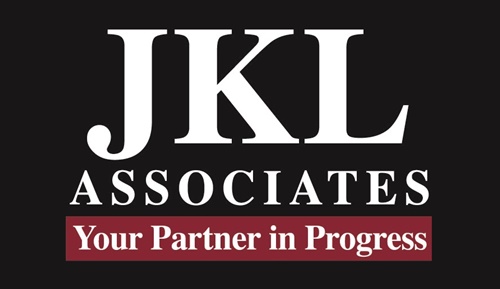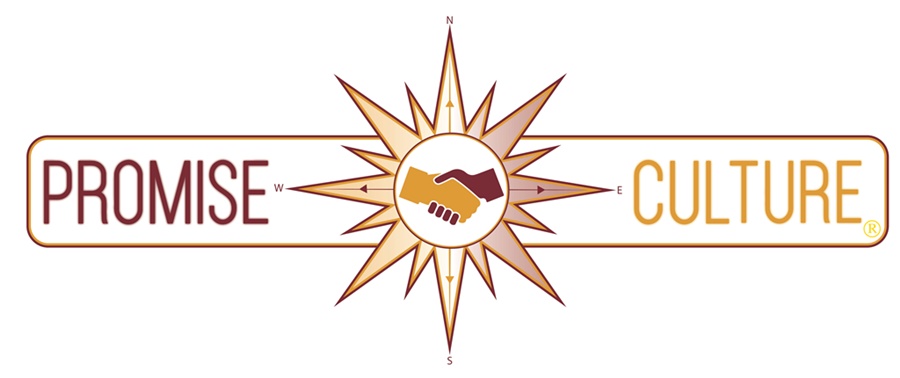At the core of a successful business, person, endeavor, or project is a central purpose guided by a guidance system of such items as core values, vision, principles, best in class processes and procedures etc. This framework enables all participants to have a complete understanding of the direction and intent of the effort. It keeps the effort pointed in a specific direction even when other elements present themselves as potential distractions to cause a deviation to the plan.
If we step back and view into our businesses from a third party perspective, what might we see as it relates to the scalability and sustainability we envision for the organization’s success?
Let’s start with a set of lenses to peel back the organization as we look inside. The first step is to reflect on what is actually going on. What is being produced and how that is being accomplished? Looking deeply at the outcomes desired and the processes and procedures by which those happen. Part of this includes the critically important part of understanding how your team (the human element) fits into these results.
The second step is to pause to reflect, evaluate and release what you uncovered by looking deeply into your business team, outcomes, and methods of accomplishment. What is going well? What is causing challenges? Why are these things taking place? This reflection time is too often shortened or brushed over in many organizations as they want to get on to the next big thing. This step is what will cause you either great scalability and sustainability or ensure the pain of your present faults will linger on into the future. This phase of your assessment is where tough decisions are made about releasing non-contributing pieces of the business. We like to refer to this as stop doing things that are not contributing to the outcome and start doing the right things to achieve the best outcome. We all have some starts and stops we need to be taking care of.
The next step is to recalibrate the existing business model you are working inside of. This includes the people, processes, procedures, customers, vendors, and any number of other factors which influence or can influence the outcomes you are moving toward. It is not only important in step two that you evaluate the items which should be stopped and started but, in this step, you take ACTION to implement the improvements. We move from a pause state of assessment, evaluation and understanding into taking the action and executing to a new and better level of contribution. This step not only allows for your business to position itself into the sustainability track but helps ensure these approaches allow for growth and scalability.
The final step is to measure the outcomes or results planned upon by making and taking the necessary action steps to invest in continuously improving your people, processes, and outcomes of the business. It is through the delivery of the goods/service your organization produces that you realize the level of scalable and sustainable growth your organization deserves in the marketplace.
When you have weak or non-existent contribution points in your organization then you may slide into slowed growth and weak operations. You may also experience burn-out of team members which shows up as unplanned turnover. You might even observe a laziness or overly relaxed environment which inhibits the implementation or action needed to move the organization to its next level of greatness. All these indicators impose additional distractions to the main vision for the business and thus draw back your ability for growth and results.
Looking for a guide to assist in setting up your framework for future growth, sustainability, and scalability? Reach out to JKL Associates at MI (313) 527-7945 or FL (407) 984-7246. We look forward to seeing your growth.
Journey On!
QUESTIONS OR COMMENTS – EMAIL US AT PARTNERS@JKLASSOCIATES.COM OR CALL OUR OFFICES – MI AT (313) 527-7945 FL AT (407) 984-7246
Celebrating 30 years of Delivering on “Promises”




